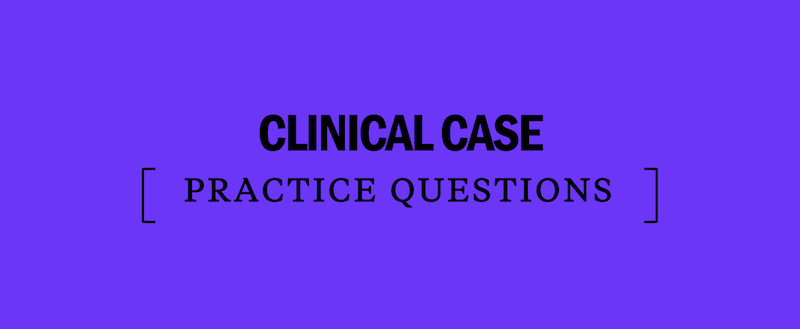USMLE Step 1: Clinical Case Question Practice
Clinical case questions are distinguished by a fairly lengthy presentation of a patient’s history, physical exam findings, and maybe even lab results. Your task is to read through this detailed information and arrive at the best answer to the question being asked.
The most important part of the clinical case question is the last sentence. This is the sentence that actually poses the question. Until this point, you cannot be sure exactly what you will be asked. Many students are tempted to simply skip to this last line, and then skim the case looking for necessary information to formulate an answer. Generally, this is not the best strategy.
Clinical case questions are often constructed by first writing a classic case, and then including one or two extra details. These details, by themselves, may suggest one or the other of the given answer options. To answer these questions correctly, you must read the whole case and treat all the information given as a whole. The total gestalt of the case is what is crucial, not any one individual fact.
Question writers know that because of the length of the questions, candidates do not want to read the whole question if they can help it. They know that some test takers are scanning for that one critical piece of information. Because of this, single pieces of information may lead you away from the right answer to one of the incorrect distractors. Avoid this trap. You need to focus on the meaning of the case as a whole, not any one piece of it.
When reading through the case, choose what is important. Paraphrase the question and note key factors and symptoms as they are presented. This will help you remember them when formulating your answer. Then select the answer that best matches not some but all of the facts presented. An example of this clinical case type of question follows:

